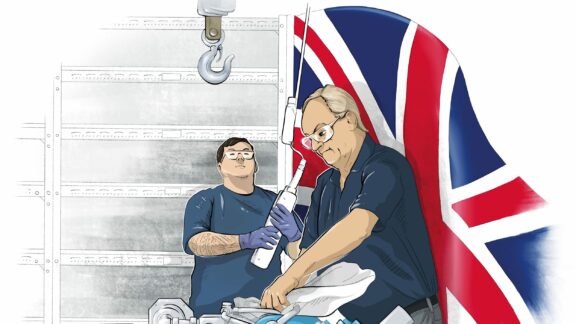At Primetals Technologies, we know that no two metals producers are alike. Our customers come to us with unique challenges, and we strive to provide them with equally unique solutions. Over several decades of customer-oriented innovation, we have pioneered many groundbreaking technologies that have shaped the way that metals are produced today with R&D at Primetals Technologies.
Innovation is not something that just happens. It is the result of hard work, creativity, and inspiration. The best innovations are made in close collaboration with equal partners—and this is truly the case with many of the solutions of Primetals Technologies. Metals producers come to us aiming to resolve specific issues, which we investigate and for which we find the right solutions. These solutions stem from the trust producers place in us, and from the mutual determination to succeed.
Our extensive R&D work also greatly contributes to our large portfolio of metals-production technologies, which remains unmatched in the industry. Our tireless researchers always focus on the future and on what it may hold. Even more importantly, we do what we can to actively shape the future—by pioneering innovations that will transform the world of metals. At Primetals Technologies, we want to be catalysts for change. We reach for new heights. We are pioneers at heart.
… is pioneering groundbreaking projects that bring together the best of the best of Primetals Technologies’ researchers and key experts from all around the world.
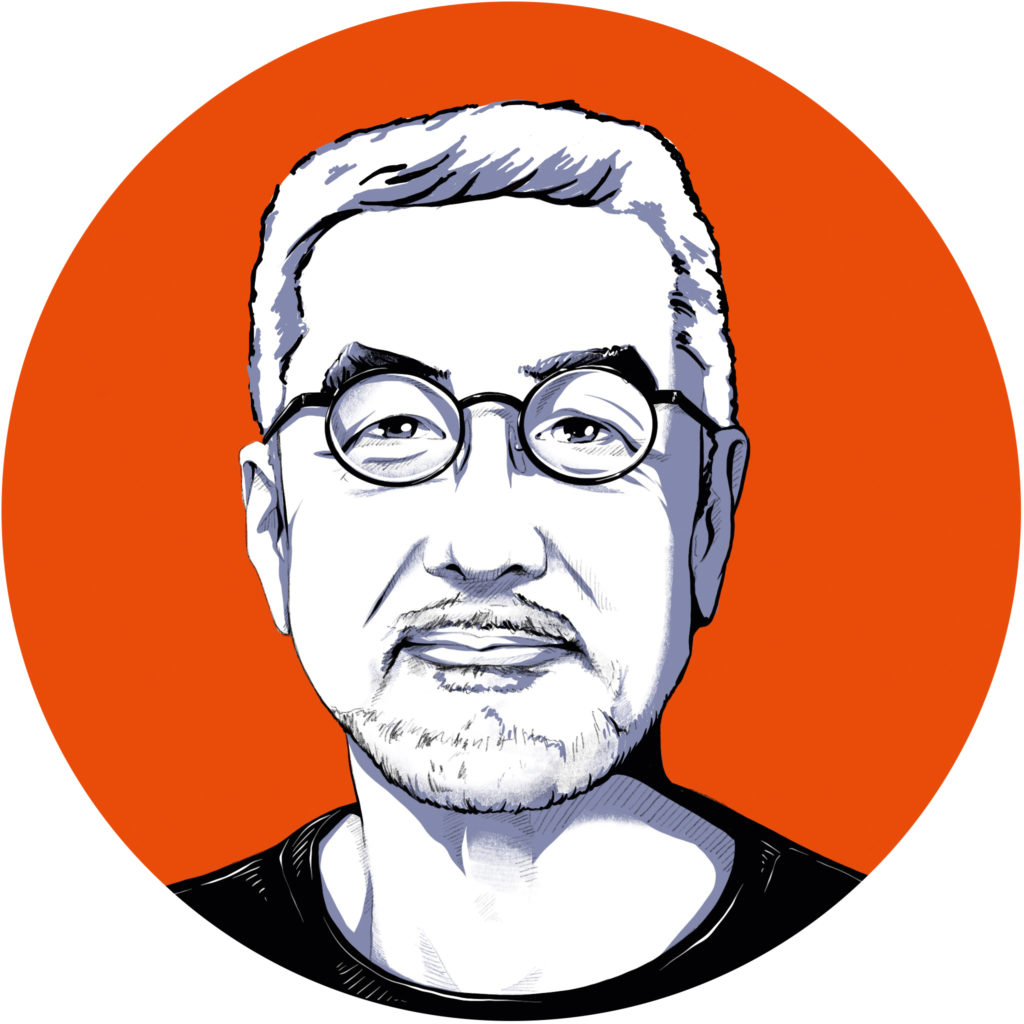
Better innovation with global teams
With some 7,000 employees in 26 countries, Primetals Technologies is no small enterprise. There are 300 R&D specialists relentlessly chasing their next breakthrough, and 60 key experts aiming to make the most of their deep knowledge about metals production. Add to that the 55 R&D partnerships that Primetals Technologies maintains with companies all over the world, plus the 25 arrangements with universities and scientific institutions—it is hard to grasp the sheer amount of brainpower united under the umbrella of Primetals Technologies.
Yoichi Matsui is the pioneer that has set out to tackle this seemingly impossible mission. He runs an initiative that brings together teams and individuals from different cultures and various technological fields to achieve something groundbreaking. His goal, says Matsui, is to create innovations that will help to increase performance in steel mills even beyond today’s standards. Under the code name “MEWS,” his projects are rooted in the technological knowledge of his contributors. The idea is that Primetals Technologies can unleash its full potential whenever a diverse set of competencies is channeled in one common direction. Throughout his career as a project manager, Matsui has always been open-minded. He aims to “push the world forward to make it a better place, thanks to the steel made with our products.” Cars, ships, trains, electronics, and buildings all use steel and contribute to our societies’ welfare. “Improving peoples’ lives is what inspires me to pioneer new things,” Matsui says.
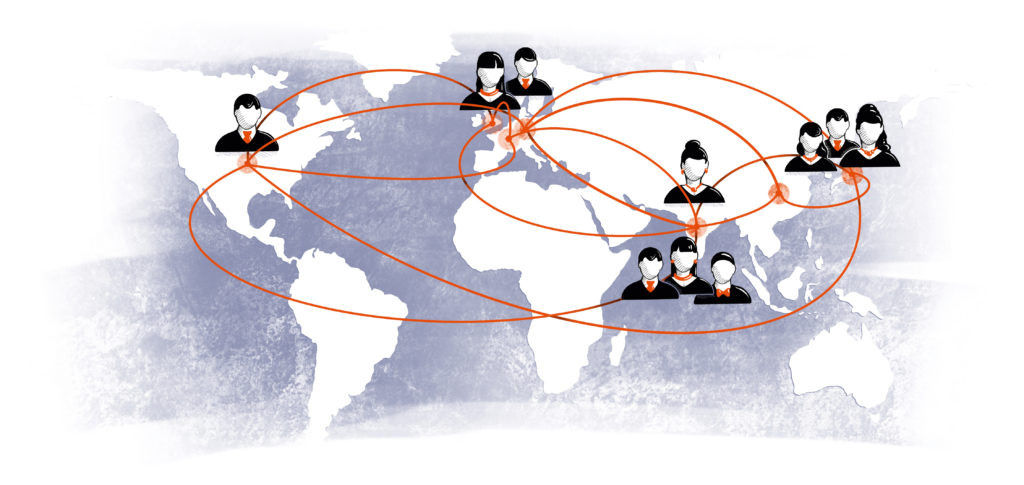
… is no small feat. Bridging the gaps between different cultures requires understanding, openness, commitment, and passion.
… is a physicist and joined Primetals Technologies to develop a software tool that calculates the material properties of solidifying steel.
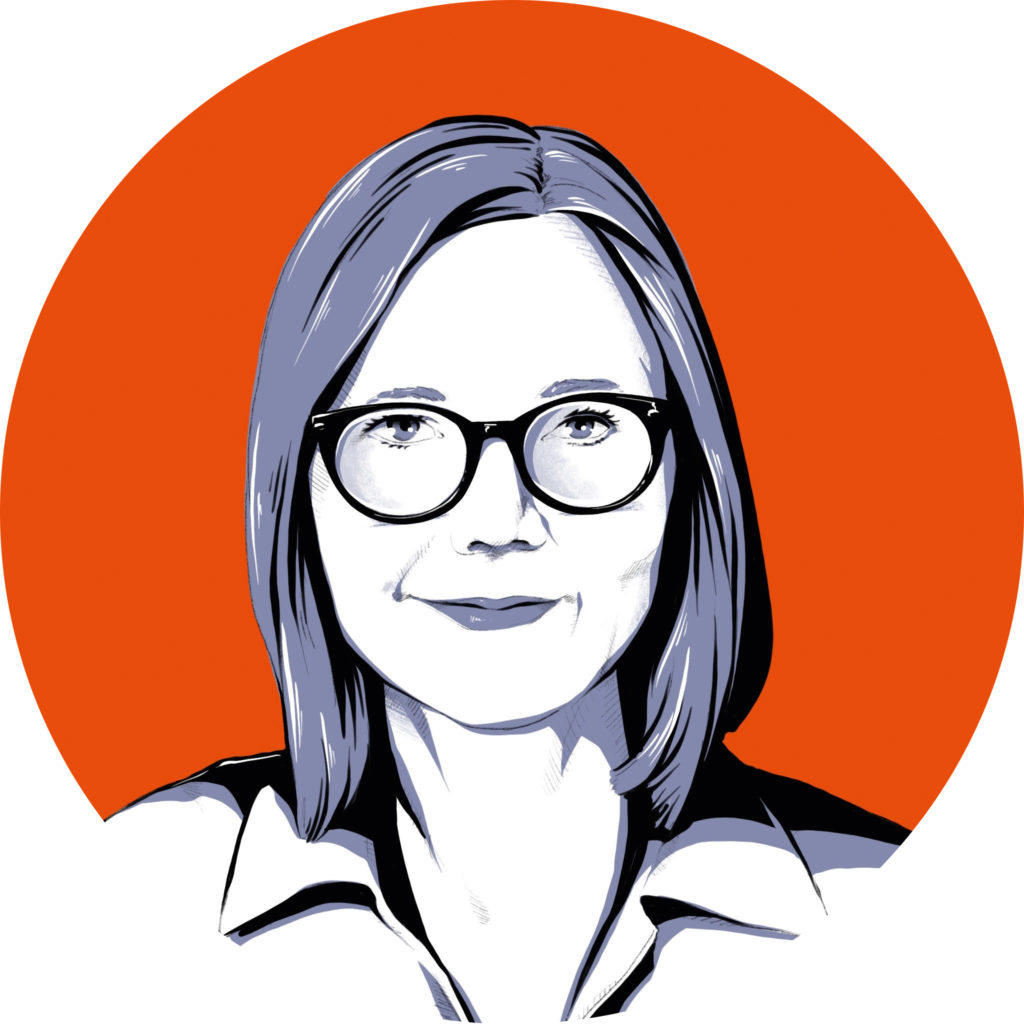
Smarter software for the strand
One of the most important aspects of continuous casting is secondary cooling: only the right cooling strategy, cooling intensity, and water distribution ensure that the resulting slabs, blooms, and billets solidify with pristine, homogeneous surfaces and the desired atomic structure. But in order to determine the correct parameters in secondary cooling, metallurgists need to know as much as possible about the thermodynamic properties of the cast steel—properties like enthalpy, density, and conductivity. Traditionally, the information that was available for specific steel grades was limited to one set of parameters for the liquid phase, one for the solidified phase, and one for the state in between the two, the so-called “mushy” phase.
Dr. Susanne Hahn changed all this—and enabled metallurgists to know more than ever before about the temperature-dependent thermal properties of the steel composition. Her innovation, DynaPhase, even works in real time, performing its calculations as the steel is being cast. DynaPhase helps to determine the correct temperature for each point of the strand at any given time. It lays the groundwork for an accurate prediction of the final point of strand solidification and for the correct application of the appropriate amount of soft reduction. Asked about the biggest challenge in the development of DynaPhase, Dr. Hahn says that “numerical stability and the speed at which the software had to run” were the hardest targets to achieve. But she got there—almost in real time.
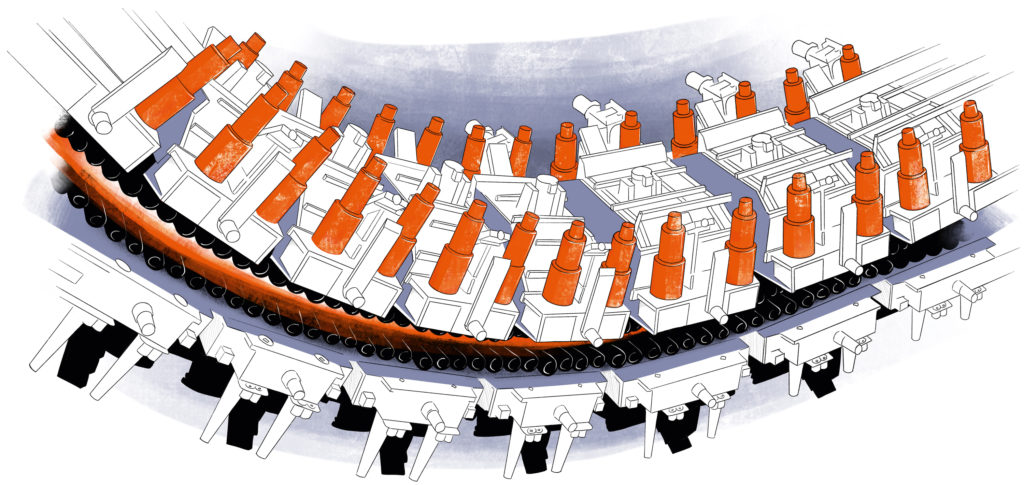
… is no small feat. Bridging the gaps between different cultures requires understanding, openness, commitment, and passion.
… successfully created one powerful yet scalable automation solution for cold-rolling mills that could replace a multitude of divergent older architectures.
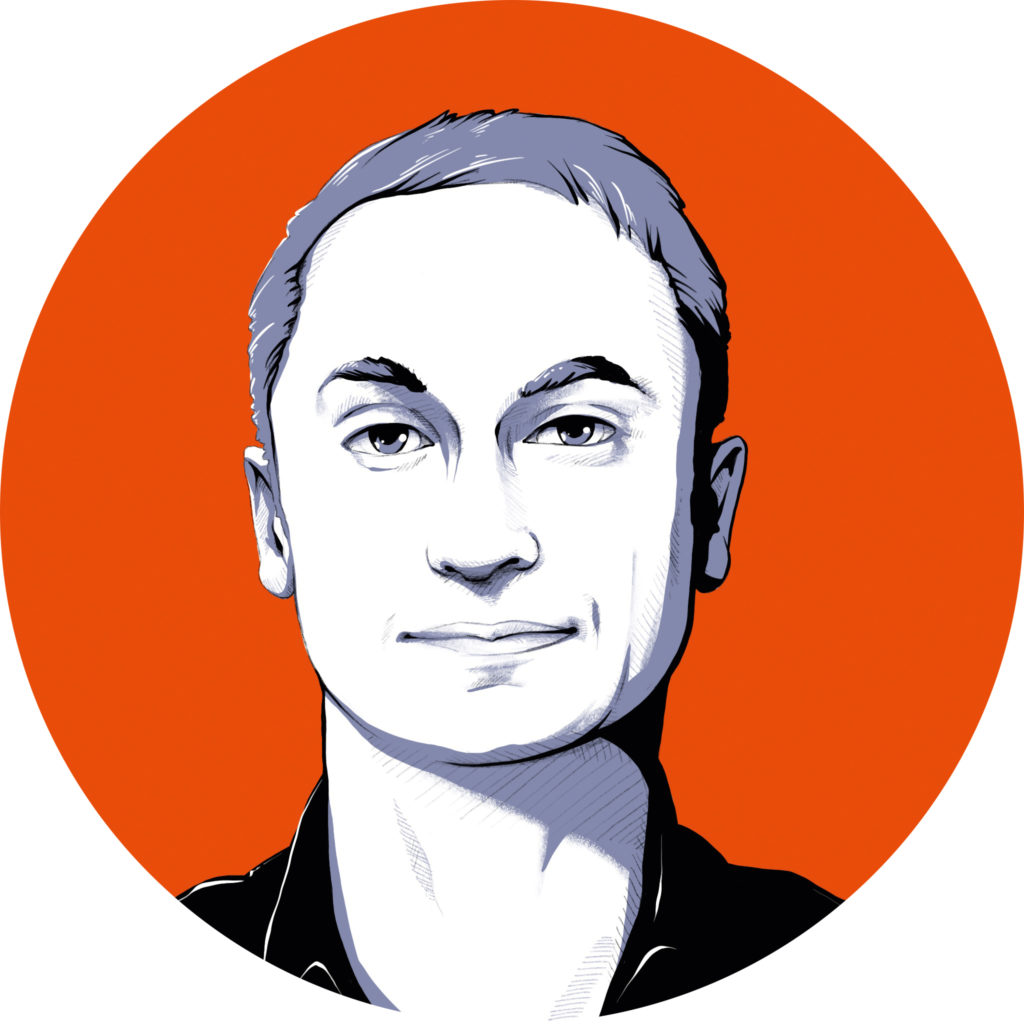
Standardizing automation
Throughout the metals industry, there are many different kinds of rolling mills in active use, each with its own unique characteristics and range of applications. For a long time, this heterogeneity was reflected in the automation solutions that powered the mills: there was a multitude of platforms, and every platform was associated with certain types of cold-rolling mills. Maintaining this broad range of platforms and corresponding automation solutions was a challenge, and occasionally it was almost inevitable that certain innovations based on one platform would not make it to all the others. Understandably, with developments in cold-mill automation leading to an increasingly diverse landscape, the need arose to create one solution that would be compatible with all mill types and that could easily be kept up-to-date.
Martin Schönherr was instrumental in creating a new automation solution universal enough to replace the numerous existing systems. “We wanted to arrive at a solution that would be innovative at the core, yet very simple to maintain,” he says. “The target was for it to enable every possible implementation—and work with any cold mill, from the simplest to the most complex.” During the development of the novel automation solution under the project name “CM2020,” Schönherr and his team had to transition to a new platform on which the scalable software would run. “This aspect really was a challenge,” Schönherr confirms. “But we did succeed and were able to pioneer a new level of standardization.”
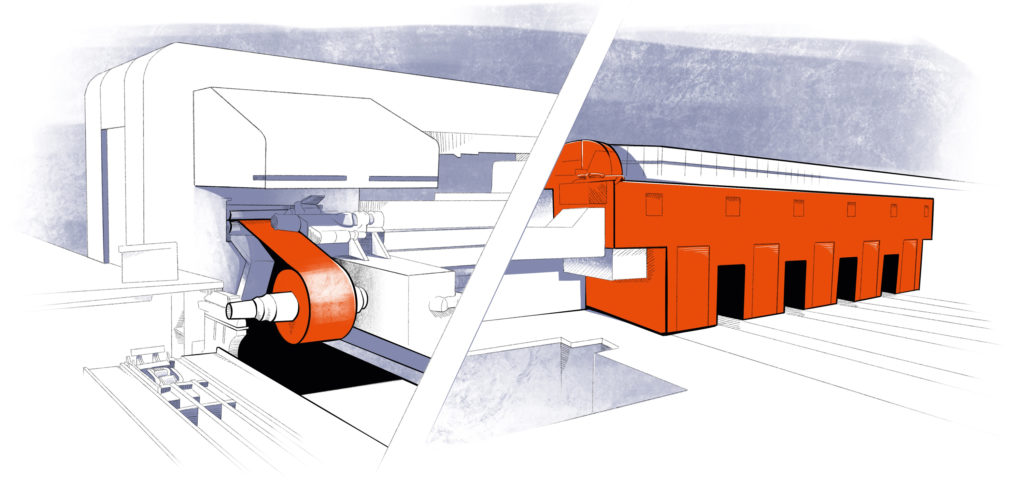
… has historically used a variety of platforms. Standardization has made maintenance much easier and has improved scalability.
… extended the range of applications for the BOF and enabled it to use more scrap. He also contributed his metallurgical expertise to a novel Level 2 system.
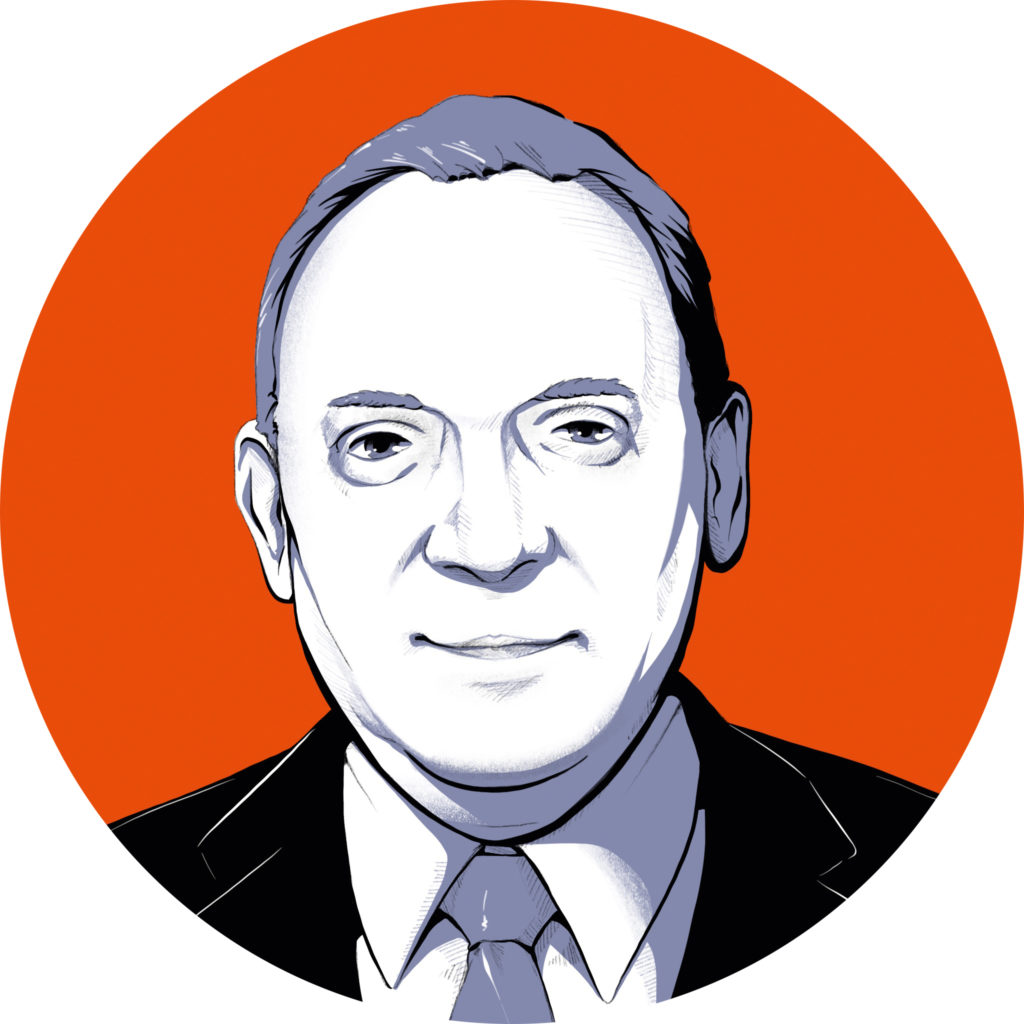
More converter for everyone
For many decades, Primetals Technologies, including its predecessor companies VAI and Siemens VAI, has been renowned for its converter solutions. The company pioneered the Linz-Donawitz (LD) converter, which led to the widespread use of the basic oxygen furnace in steelmaking. With LD converter technology, new and higher-quality steel grades became possible.
When Stefan Dimitrov joined VAI in 1991, LD converter-based (BOF-based) steelmaking was limited in terms of how much scrap could be used as raw material: 25 percent was regarded as the highest possible proportion, with hot metal accounting for the rest. In the late 90s, however, China rapidly industrialized, and as a result, raw material prices soared. Dimitrov was tasked with finding a way to lower the cost of steel production by modifying converter technology to use more scrap—and by reducing energy requirements. “I found several methods to solve this problem,” he says. “The combination of scrap preheating, increased post-combustion, allothermal converter operation by means of directly inputting carbon, and improved bath mixing enabled us to realize scrap percentages as high as 50 percent.” So successful was Dimitrov that he was soon asked to further extend the converter’s range of applications so that it could produce stainless and special steels as well as special hot metal and slag products. A pioneer of both the analog and digital worlds, Dimitrov is also the brains behind an advanced Level 2 system for the converter.
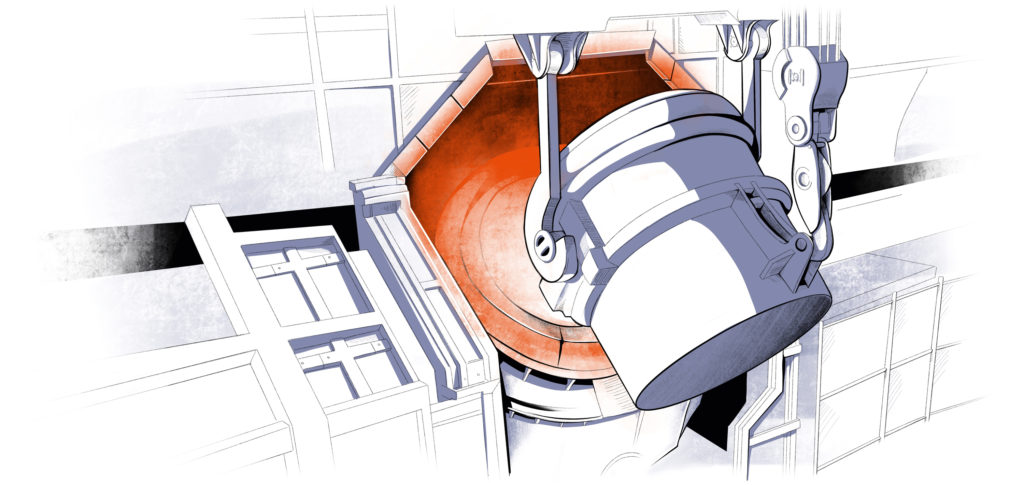
… was pioneered in Austria in 1952 and eventually led to the worldwide success of the integrated steel-production route.
… made forays into the nascent field of production-management software earlier than most, ensuring that standards would be supported.
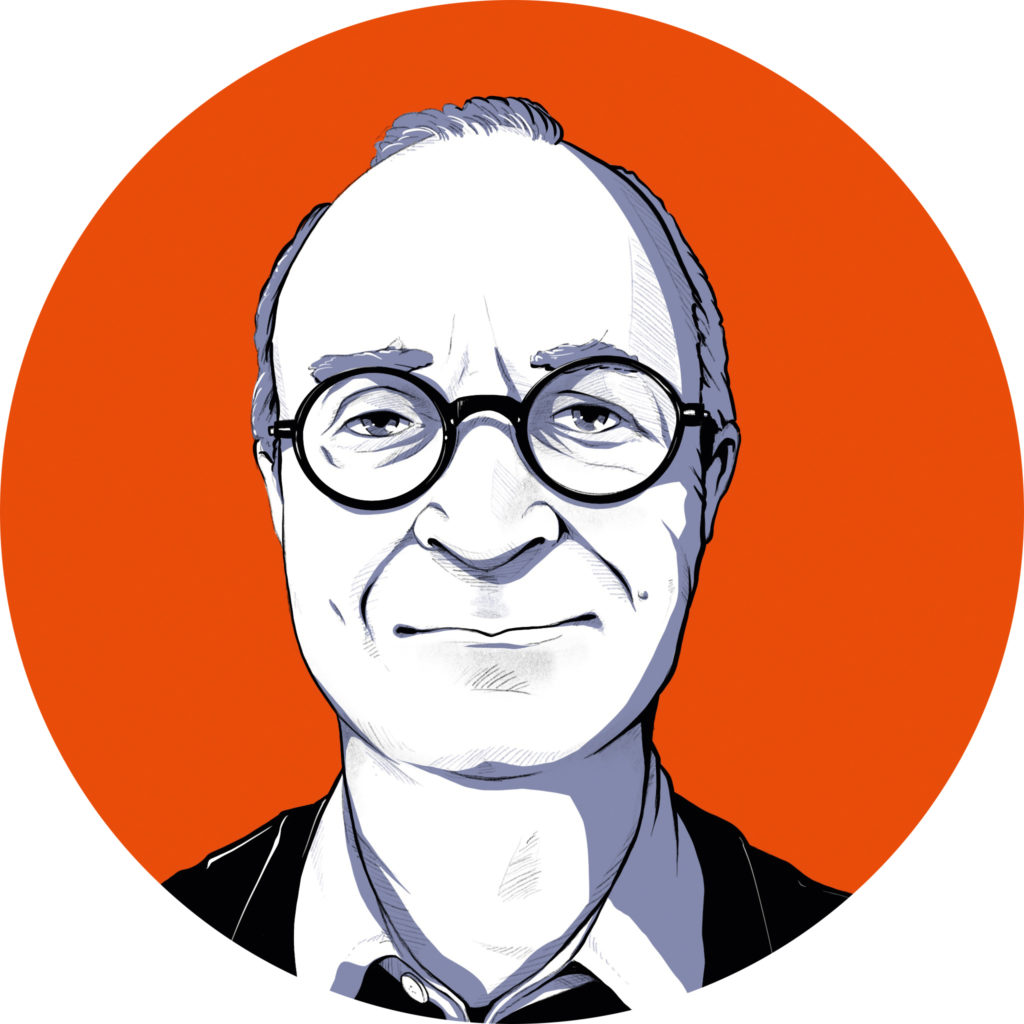
The groundwork for digitalization
A smart production-management system (PMS) can make a big difference in the day-to-day operations of a steel producer: It ensures optimum plant and equipment utilization thanks to its planning and scheduling capabilities. It also helps to reduce order-turnaround times, to scale down end-product inventories, and to improve order-delivery times. A good PMS furthermore contributes to higher product quality and lower costs—in terms of production, energy consumption, and logistics. While Primetals Technologies, in 2016, established a successful partnership with German-based PSI and now deploys the company’s PSImetals PMS solution, significant R&D work was done leading up to that development. This work arguably shaped the industry’s perspective on production management in general and on the need for manufacturing-execution systems in particular.
Louis Deaulmerie was one of the early pioneers of PMS solutions. He made his first endeavors into the world of advanced software solutions over two decades ago as part of the “Industrial IT” team. In 2009, he started to look into the requirements of a highly configurable, reliable PMS that would comply with the industry standards and norms of the time. Today, he works to advance the status quo of the integration of the PMS into other Industry 4.0 tools. “Pioneering keeps your mind alert and forces you to think ‘out of the box,’ says Deaulmerie. “Exploring new frontiers, new technologies, has always been part of my life, and that won’t change.”
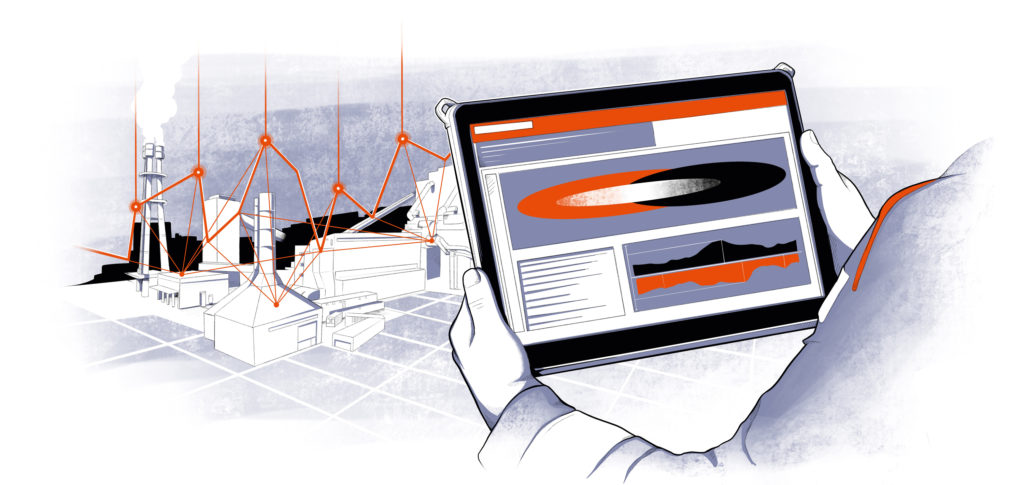
… stands for “production-management system.” It is one of the most important tools in the digitalization of steel production.
… has done pioneering work in the field of sales: he aligned the needs of today’s steel producers with the new trend toward subscription-based purchases.
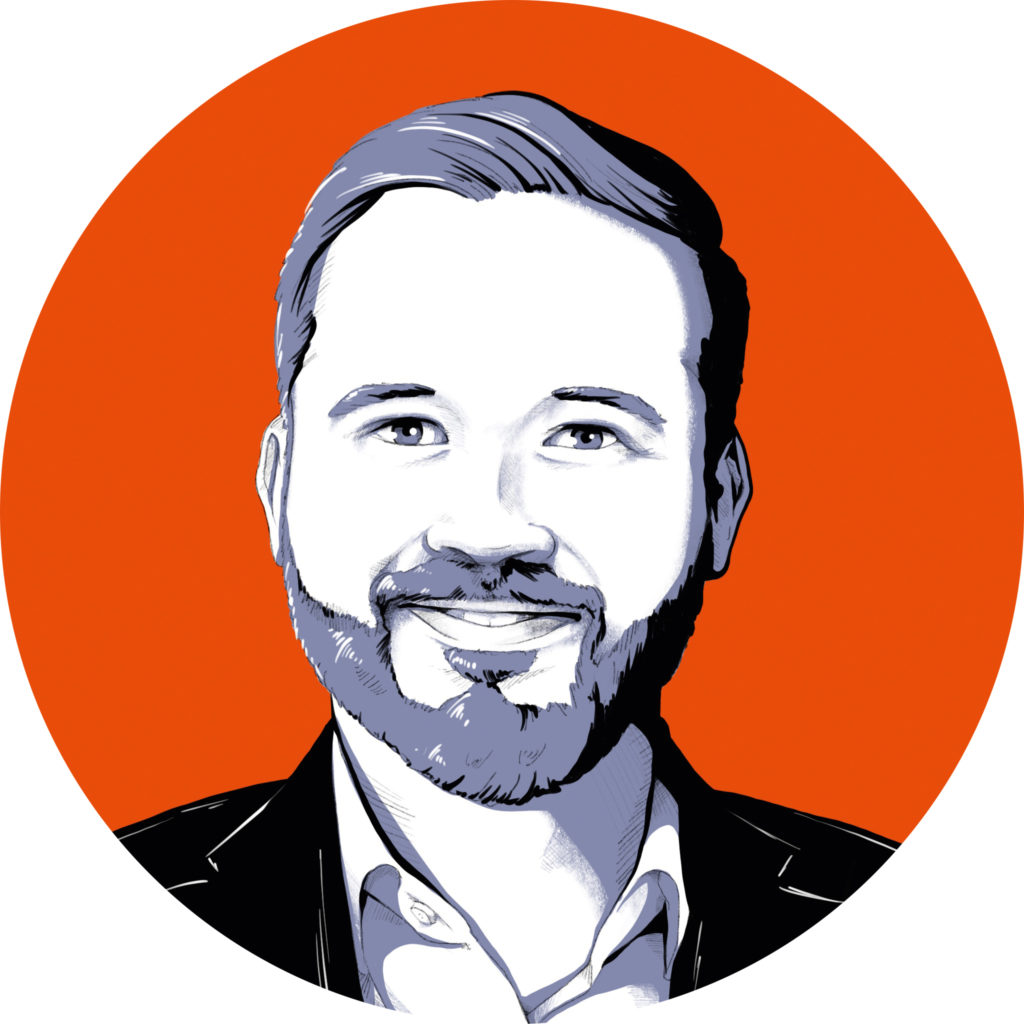
Turning CAPEX into OPEX
Traditionally, whenever a steel producer wanted to install a new automation system, they knew they had to plan for the associated capital expenditure (CAPEX). Depending on the size of investment, any decision to make the purchase had to be approved by upper management, which could result in delays or in the decision being overturned. OPEX-based license models, however, are free of these downsides. They have already become the new norm in the world of computer software, where companies such as SAP and Microsoft have been instrumental in facilitating change. In the steel industry, subscription licenses are still a new phenomenon, but producers are waking up to the fact that OPEX items are easier to buy and maintain than their more traditional CAPEX counterparts.
Bojan Jozic has developed a new subscription license model that enables steel producers to benefit from all the advantages of an OPEX purchase while still receiving a full-fledged, state-of-the-art solution. The first product sold in the form of a subscription was a Level 2 system for a continuous casting machine. The customer was so confident in the model that they signed a 12-year contract. Included in the agreement is a package of software updates and services. “It truly is a ‘worry-free’ package for the producer,” says Jozic about the subscription. “Making the transition from CAPEX to OPEX arrangements was a great journey—and required me to think out of the box, like any pioneer should.”
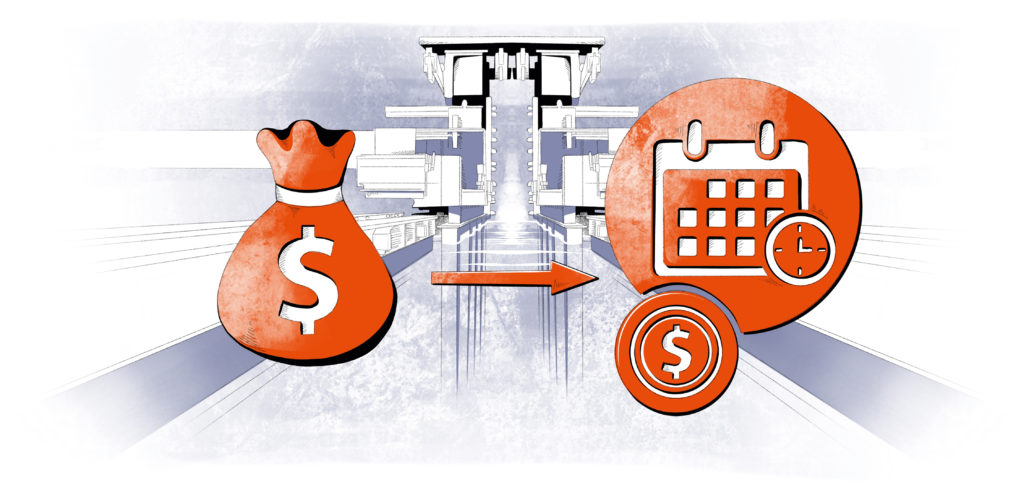
… have been a widespread phenomenon in the world of computer software for a while now and are starting to gain traction in the realm of steel production.


